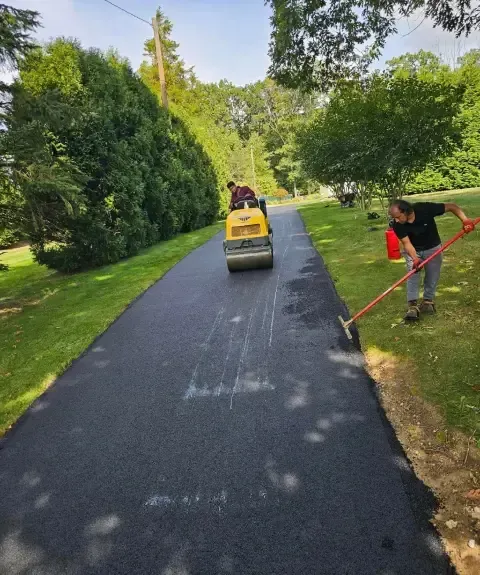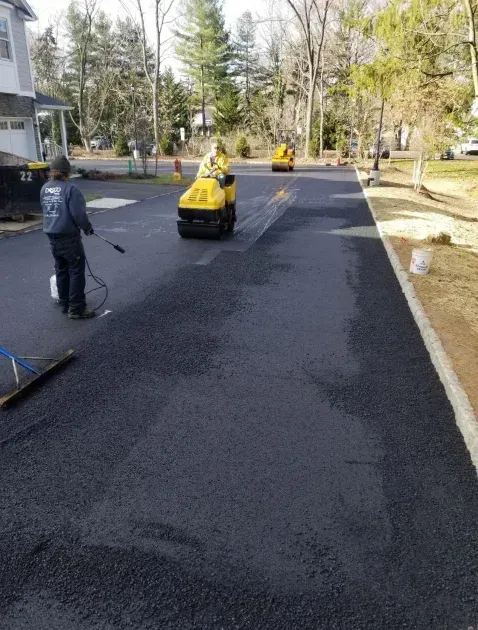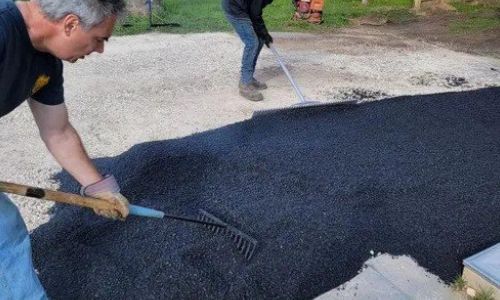How Long Does a Septic System Last?
Most homeowners don’t think about their septic system until something smells funny or the drains start acting up. That’s only fair. It’s buried in the yard, out of sight, and when it’s working, you’d never even know it’s there. But sooner or later, every system ages out. Septic systems don’t last forever, and knowing how long yours might hold up is actually really useful. Simplifies planning, budgeting, and narrowing down on the budget schedule.
In this blog, we’ll discuss how long a septic tank lasts and the factors involved.
Average Lifespan of a Septic System
If you take care of it, a septic system can last 20 to 40 years on average. Some stretch to 50. Others don’t make it past 15. The spread is pretty wide because not all systems are built or treated the same.
- Concrete Tanks: 30-40 years or longer if they’re built well and routinely pumped.
- Steel tanks don’t hold up as long - usually 15-20 years before rust takes over.
- Plastic or fiberglass tanks can reach 30-50 years, but only if installed correctly so they don’t shift or crack.
- Drain fields usually give you 20-30 years before the soils clog and stop filtering.
So when people ask, “How long does a septic tank last?’” the honest answer is: it depends - mostly on how you treat it.
What Affects the Lifespan of Your Septic Tank?
Installation Quality
If the installer sized the tank correctly and designed the drain field to fit your property, you’re off to a good start. A sloppy install means problems much sooner.
Household Size and Water Usage
A system built for two people won’t hold up well with a family of six flushing, showering, and running laundry nonstop. Extra water stresses everything.
Soil Conditions
Your soil is basically part of the system. Sandy soils drain too quickly, and clay holds water too long. Both can be managed if planned for during design - but if not, lifespan drops.
What You Put Down the Drain
This is a big one. Grease, wipes, cat litter, and harsh chemicals clog and disrupt the bacteria inside the tank. That mess ends up in the drain field.
Regular Maintenance
This is the golden rule. Pumping every 3-5 years clears out solids before they overflow. Skip it, and you’ll likely cut your system’s life in half.
Why Regular Pumping is Crucial?
Septic tanks need regular pumping. Solids settle at the bottom, grease floats to the top, and over time, the tank fills up.
If you don’t pump, those solids spill into the drain field, clogging pipes and ruining the soil’s ability to filter. At that point, you’re not calling for a routine service - you’re staring down at a major replacement bill. Pumping every few years keeps everything in balance and extends the life of both the tank and the drain field. It’s a small job with a big payoff.
Signs Your Septic Tank May Be Failing
No system lasts forever, but they usually give hints before completely failing. Watch for:
- Drains slowing down across the house
- Toilets gurgling or bubbling
- Bad smells in the yard or near the tank
- Soggy, wet patches over the drain field
- Sewage backing up inside (the worst-case scenario)
Sometimes, these mean the tank just needs pumping. Other times, especially if the drain field is saturated, it’s a sign the system is nearing its end.
How to Make Your Septic System Last Longer?
The good news: a lot of the system’s lifespan is in your hands.
- Stick to a pumping schedule. Don’t guess - call a pro every 3-5 years.
- Save water where you can. Fix leaks, install efficient fixtures, and spread laundry out instead of doing 5 loads in a day.
- Be picky about flushing. If it’s not waste or toilet paper, it doesn’t belong.
- Protect the drain field. No cars, no sheds, no deep-rooted trees on top of it.
- Install a riser. This simple upgrade makes it easy to access the lid, so you won’t put off maintenance.
- Get inspections. A professional can spot cracks, leaks, or weak spots early.
How Long Does the Drain Field Last?
The drain field is often the first thing to fail. Even if your tank is fine, the field usually lasts 20-30 years. Once the soil becomes clogged, wastewater has nowhere to go. That’s when you see the soggy yards and sewage smells. Replacing a drain field isn’t cheap, which is why protecting it with regular pumping is so important.
Repairing vs. Replacing
At some point, you’ll face the question: Can it be fixed, or is it time to replace the system?
Repairs might be as simple as fixing broken pipes, replacing baffles, or adding a new riser. These extend the life for a few more years. Replacement is necessary when the tank is crumbling or the drain field is beyond recovery. It’s a big investment, but it resets the clock for another 30-40 years of use.
The Benefits of Professional Care
Your septic system is best left to the professionals; who can keep it up & running long-term. While being mindful doesn’t hurt anybody - but pumping, inspections, riser installations, and other services require proper equipment and know-how.
At Black Diamond Septic Pumping, we’ve seen both extremes; tanks still going strong after 40 years thanks to regular care, and systems failing in under 15 because they were ignored. Maintenance makes all the difference.
Leave Your Septic Worries to Us
Your septic system isn’t permanent, but with good habits and regular service, it should last decades. Knowing what shortens its life - and what extends it - gives you control.
When you’re ready for pumping, an inspection, or an upgrade like a riser, call Black Diamond Septic Pumping. We’ll handle the dirty work so you don’t have to, keeping your systems reliable for years to come.
Recent Posts













